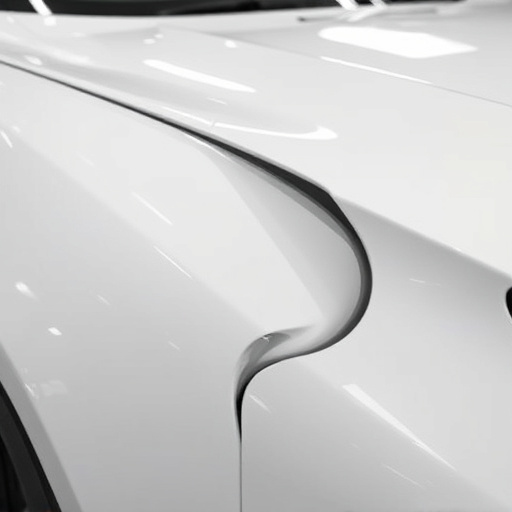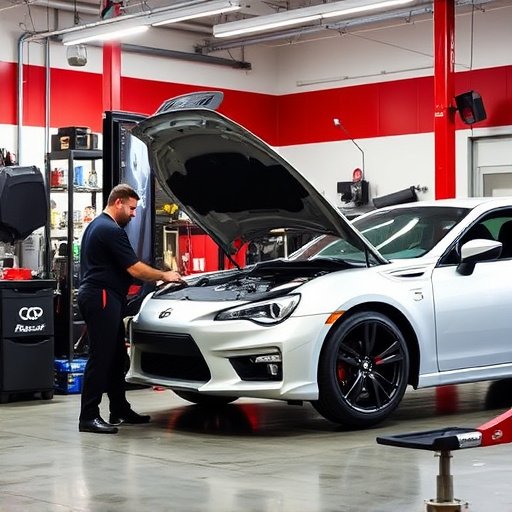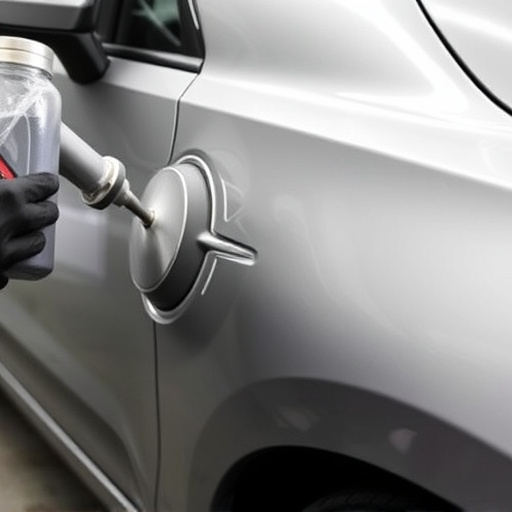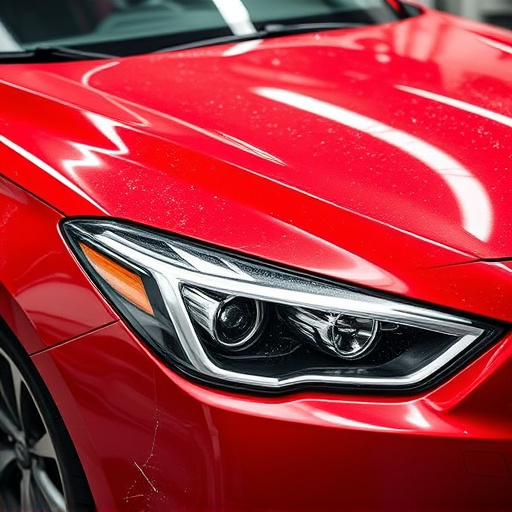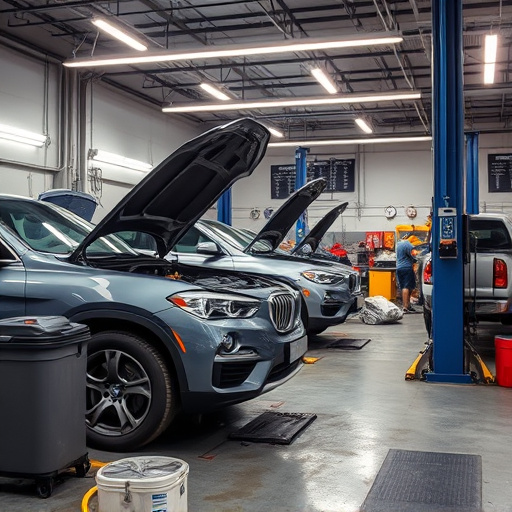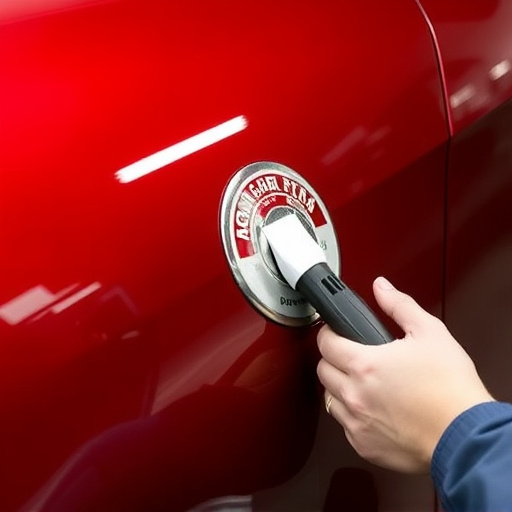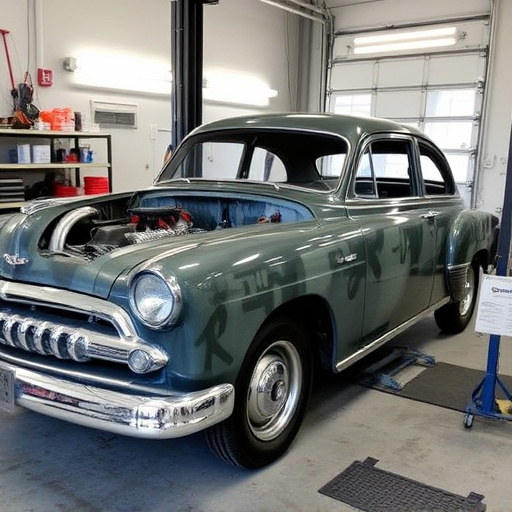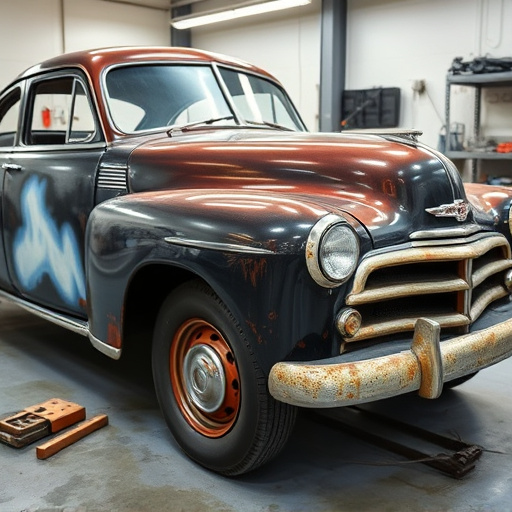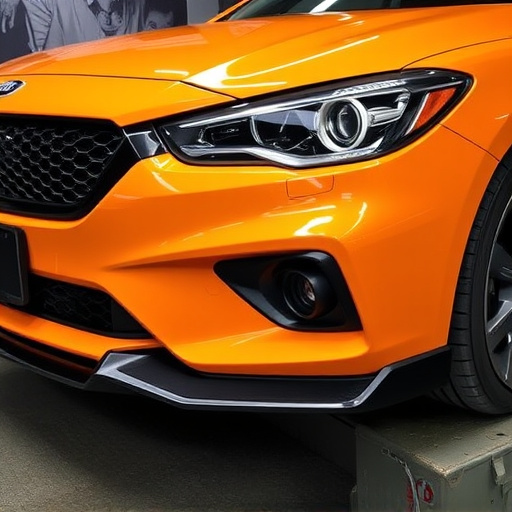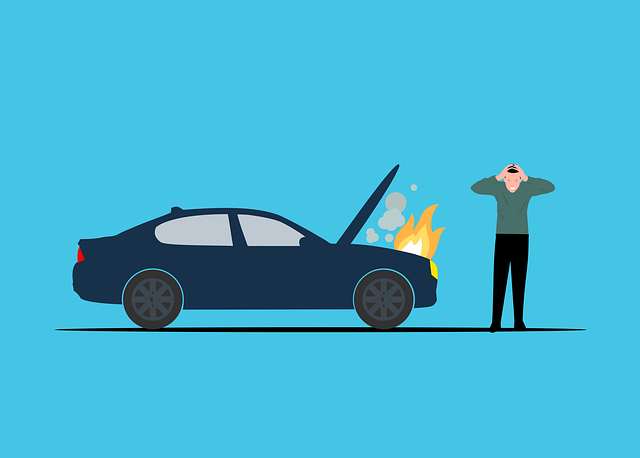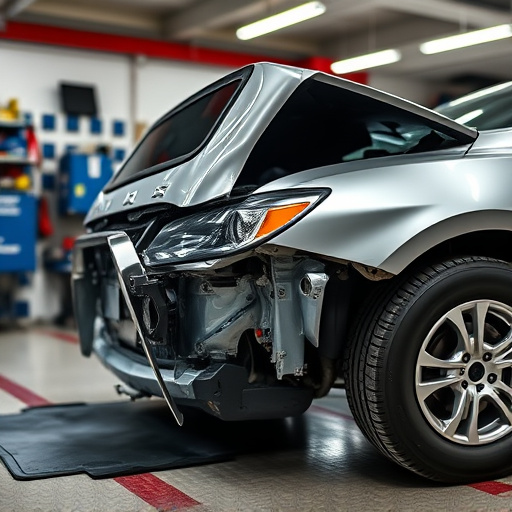Tesla repair scanning is a revolutionary quality control method that ensures post-repair excellence in complex Tesla vehicles. Using advanced sensors and software, it meticulously assesses structural integrity and electrical systems, identifying even subtle deviations from factory standards. This allows auto body shops to catch potential issues early, ensuring restored vehicles meet or exceed original quality benchmarks. By enhancing accuracy and efficiency, Tesla repair scanning provides detailed digital insights into vehicle damage, reducing turnaround times without sacrificing assessment thoroughness, ultimately benefiting both repair facilities and customers through prompt vehicle returns while maintaining excellence.
Tesla repair scanning is transforming post-repair quality control, ensuring precision and efficiency. This modern quality control method leverages advanced technology to thoroughly inspect and diagnose vehicle repairs, identifying even the subtlest discrepancies. By integrating Tesla repair scanning into their processes, workshops can achieve enhanced accuracy, streamline operations, and ultimately deliver superior customer satisfaction. Discover how this innovative approach is revolutionizing automotive service.
- Understanding Tesla Repair Scanning: A Modern Quality Control Method
- The Benefits of Implementation: Enhanced Accuracy and Efficiency
- Best Practices for Effective Post-Repair Quality Assurance Using Scanning Technology
Understanding Tesla Repair Scanning: A Modern Quality Control Method
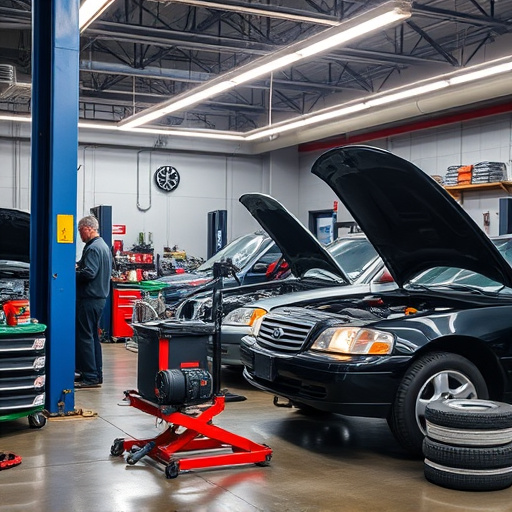
Tesla repair scanning is a modern quality control method that plays a pivotal role in ensuring post-repair excellence within the automotive industry. This innovative process leverages advanced technology to meticulously examine and diagnose vehicles, focusing on both structural integrity and electrical systems. By integrating sophisticated sensors and software, the system identifies even the subtlest deviations from factory standards, allowing auto body shops to catch potential issues before they become problematic.
This method is particularly crucial for Tesla vehicles, renowned for their complex electric propulsion systems and advanced driver assistance features. Through Tesla repair scanning, qualified technicians can effectively assess and rectify a wide array of issues, ranging from minor dents and scratches in the autobody repairs to intricate electrical faults that could impact safety and performance. The result? Restored vehicles that not only meet but often exceed original quality benchmarks, providing owners with peace of mind on the road.
The Benefits of Implementation: Enhanced Accuracy and Efficiency
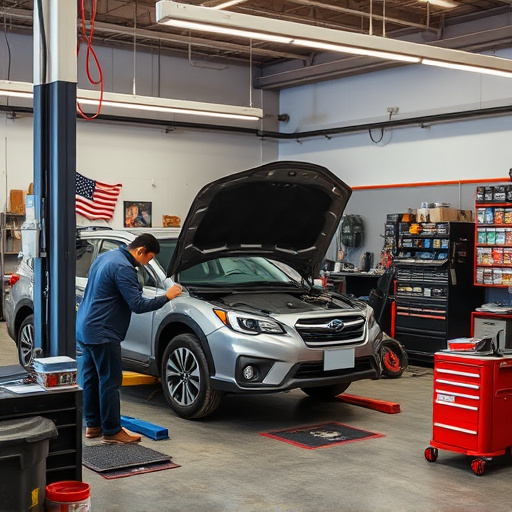
The implementation of Tesla repair scanning technologies brings a multitude of benefits to post-repair quality control processes. One of the most significant advantages is the enhancement of accuracy in identifying and rectifying issues. These advanced scanning tools provide detailed, digital images and data of vehicle damage, ensuring that no imperfection goes unnoticed. This level of precision is particularly valuable when dealing with intricate automotive body work, often seen in car collision repair and even in elaborate automotive restoration projects.
Moreover, efficiency is dramatically improved through the streamlining of quality control measures. Tesla repair scanning allows for faster analysis compared to manual inspection methods, reducing turnaround times without compromising on the thoroughness of the assessment. This increased speed benefits both repair facilities and customers, ensuring that vehicles are returned promptly while maintaining the highest standards of post-repair excellence.
Best Practices for Effective Post-Repair Quality Assurance Using Scanning Technology
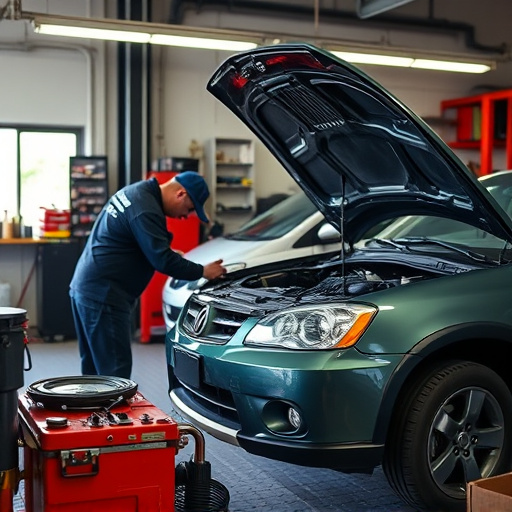
To ensure top-notch post-repair quality control, best practices involve leveraging Tesla repair scanning technology effectively. Scanning tools provide precise measurements and detailed images, allowing for meticulous inspections beyond human limitations. By integrating these technologies into routine checks, body shop services can detect even minute anomalies, ensuring every vehicle leaves the workshop in pristine condition.
For instance, advanced scanning systems can accurately assess frame straightening, crucial for structural integrity. They can also pinpoint precise measurements during fender repair, guaranteeing aesthetic perfection. Incorporating these practices not only enhances customer satisfaction but also reduces the likelihood of recurring issues, fostering a reputation for reliable and high-quality Tesla repairs.
Tesla repair scanning represents a modern, efficient approach to post-repair quality control. By leveraging advanced technology, this method ensures accurate and swift assessments, ultimately enhancing customer satisfaction through improved vehicle performance and reduced downtime. As best practices are adopted, the automotive industry can further benefit from this game-changer in Tesla repairs, solidifying its position as a key component for maintaining high-quality standards.
